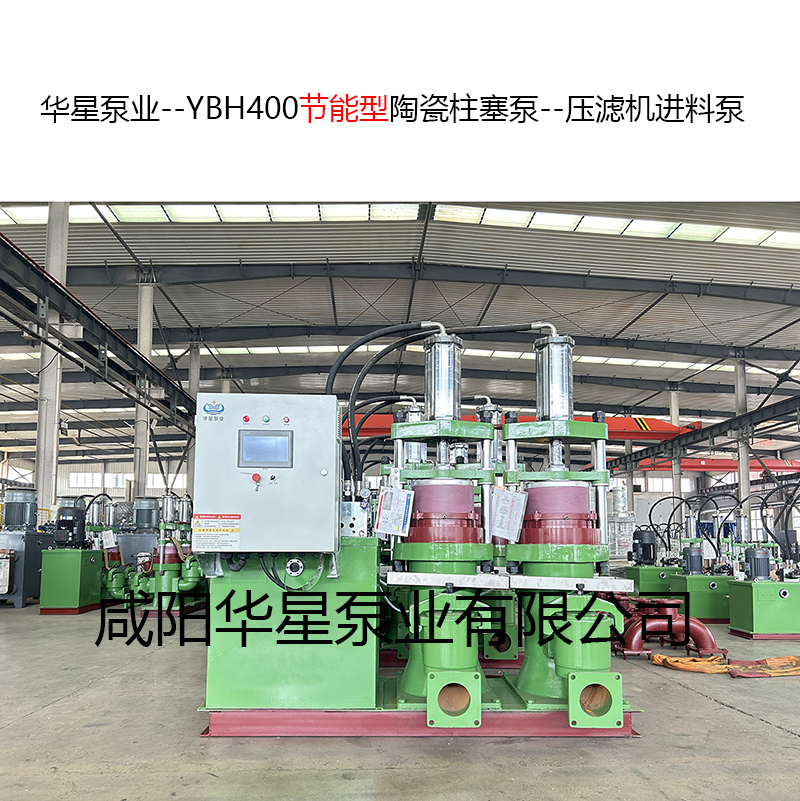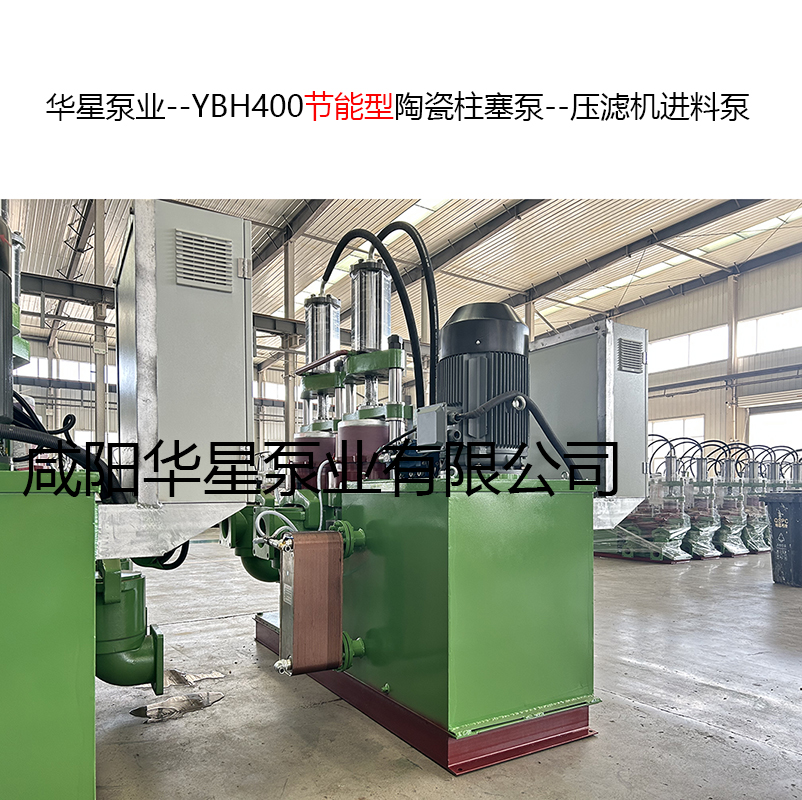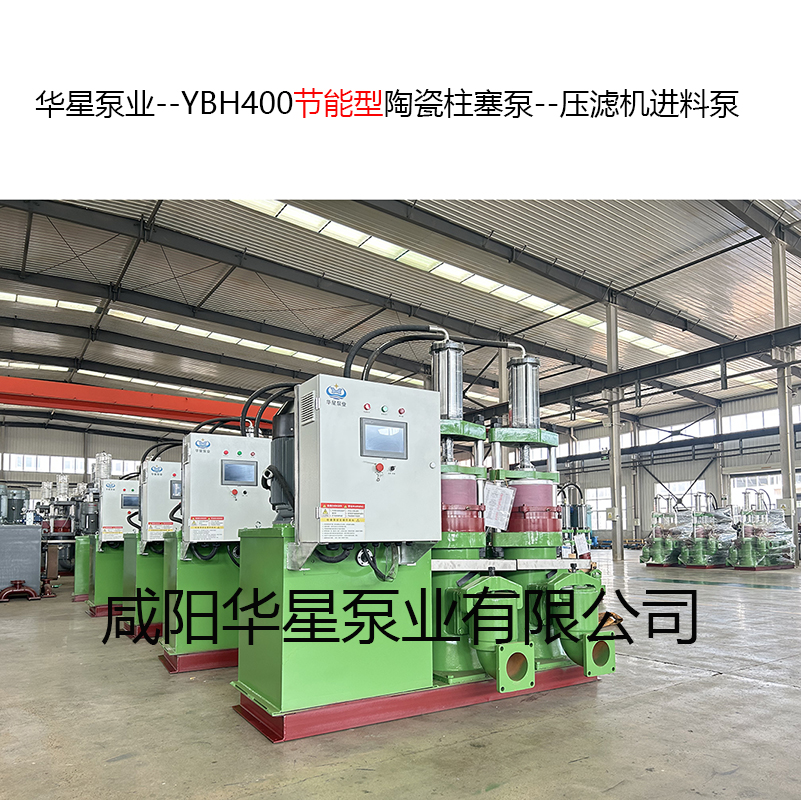High pressure plunger pumps, with their characteristics of
high pressure output, wear resistance, and stable flow rate, can effectively
meet the transportation needs of sludge (high viscosity, high solid content, and
particle impurities), and are widely used in municipal sewage treatment,
industrial sludge disposal, environmental engineering, and other scenarios. The
following provides a detailed analysis of the relevant knowledge of
high-pressure plunger pumps for transporting sludge from four dimensions:
application scenarios, core advantages, key technical points, maintenance, and
fault handling:
1、 Core application scenarios
High pressure plunger pumps are mainly used for long-distance
transportation, high head lifting, or pressurized injection of dehydrated
sludge. Specific scenarios include:
Municipal sewage treatment plant: Transport the dewatered
sludge (with a solid content of 20% -80%) from plate and frame filter presses
and belt filter presses to sludge composting plants, incinerators, or landfills,
usually requiring a transportation distance of 100-500m or a head of
50-200m.
Industrial sludge disposal: Processing high
viscosity/corrosive sludge (such as sludge containing acid, alkali, organic
solvents, and hard particles) generated by industries such as chemical, printing
and dyeing, and coal chemical. Special material pump heads are required to
withstand corrosion and wear.

Environmental engineering (sludge resource utilization):
Inject dehydrated sludge under pressure into thermal drying equipment, cement
kiln collaborative disposal system, or transport it to production lines for
sludge brick and ceramic particle production, requiring stable high-pressure
output to ensure process continuity.

2、 The core advantage of high-pressure plunger pump in
transporting sludge
Compared to other sludge conveying equipment such as
centrifugal pumps and screw pumps, the core advantage of high-pressure plunger
pumps is designed based on the characteristics of sludge, as follows:
3、 Key technical points (selection+operation
control)
The effectiveness of high-pressure plunger pumps in
transporting sludge relies on the combination of "reasonable selection+proper
pretreatment+operation control". The core technical points are as
follows:
1. Sludge pretreatment: a prerequisite for avoiding pump
blockage and wearSludge must undergo pre-treatment before entering the pump,
otherwise it may cause plunger jamming, pipeline blockage, or seal damage.
Specific steps:

Crushing and screening: Use a sludge crusher (such as a double
axis shear type) to crush the lumps (mud blocks and fibers with a
diameter>5mm) in the sludge, and then filter hard particles (such as stones
and metal shavings) through a 10-20 mesh sieve to prevent particles from
entering the pump head and scratching the plunger.
Viscosity adjustment: If the solid content of the sludge is
too high (>70%) or too viscous (viscosity>10000cP), a small amount of
water and sludge conditioner (such as polyaluminum chloride) should be added to
control the viscosity between 500-5000cP, to avoid excessive reciprocating
resistance of the plunger causing motor overload.
Anti corrosion pretreatment: If the sludge contains strong
acid and alkali (pH<4 or pH>12), a neutralization tank should be installed
before the conveying pipeline, or a corrosion-resistant material pump head (such
as Hastelloy alloy or fluoroplastic lining) should be directly selected to avoid
pump body corrosion and leakage.
2. Pump selection parameters: matching sludge characteristics
and conveying requirements
When selecting, it is important to pay close attention to the
following parameters to avoid situations where "a large horse pulls a small car"
or "a small pump carries a large load":
Work pressure: According to the calculation of "conveying
distance x sludge resistance coefficient+head", a 20% -30% margin is usually
reserved (for example, if the conveying distance is 300m, a pump with a rated
pressure ≥ 15MPa needs to be selected).
Flow rate: Calculated based on "daily sludge production ÷
working time", it is necessary to match the processing capacity of subsequent
processes (for example, if the daily sludge treatment is 100m ³ and the working
time is 20 hours, a pump with a flow rate of ≥ 5m ³/h needs to be
selected).
Material selection:
Ordinary municipal sludge (non corrosive, low particle): The
pump head is made of stainless steel 316L and ceramic plunger;
Corrosive sludge (such as chemical sludge): The pump head
should be lined with Hastelloy C276 or Fluoroplastic (PTFE);
High wear sludge (such as construction sludge containing sand
and gravel): The pump head is selected with a tungsten carbide plunger and a
dual phase steel cylinder body.
Sealing method: Priority should be given to mechanical seals
and flushing systems (continuously flushing the sealing surface with clean water
or neutral liquid) to prevent sludge particles from entering the sealing gap and
causing leakage (2-3 times longer than ordinary packing seals).
3. Pipeline system design: reduce resistance and blockage
risks
Pipe diameter selection: The pipe diameter should be 1-2
specifications larger than that of the centrifugal pump during transportation
(for example, when the flow rate is 5m ³/h, choose DN50 instead of DN40), reduce
the flow rate of sludge in the pipeline (controlled at 0.5-1.5m/s), and minimize
pipeline wear and blockage.
Pipeline layout: Try to minimize 90 ° elbows (use 45 ° elbows
instead), avoid pipeline diameter changes (if diameter changes are required, use
gradient joints), and set up one pipeline cleaning port every 50-100m (for easy
dredging in case of blockage).
Valve selection: Use gate valves or ball valves (to avoid
globe valves, which are prone to jamming), with valve diameters consistent with
the pipe diameter, and a pressure relief valve installed near the pump outlet
(to prevent pipeline pressure from being too high and bursting).
4、 Daily maintenance and common troubleshooting
1. Daily maintenance (core is "wear and tear prevention, leak
prevention")
Regular lubrication: Check the lubricating oil level of the
plunger guide sleeve daily (using 46 # anti-wear hydraulic oil) and replenish it
once a week; Replace the hydraulic oil in the hydraulic oil tank once a month
(with a filtration accuracy of ≥ 10 μ m).
Replacement of vulnerable parts: Replace the plunger seal ring
and mechanical seal every 1000-2000 hours (adjusted according to the degree of
sludge wear); Check the wear of the plunger and cylinder every 5000 hours (if
the gap is greater than 0.1mm, it needs to be replaced).
Cleaning and inspection: Clean the pump inlet filter screen
after daily shutdown (to prevent clogging of the filter screen and insufficient
suction); Check the pipeline connection parts (flanges, joints) for leaks every
week and tighten the bolts in a timely manner.



